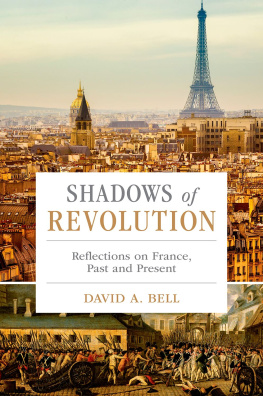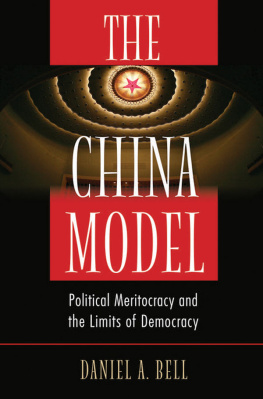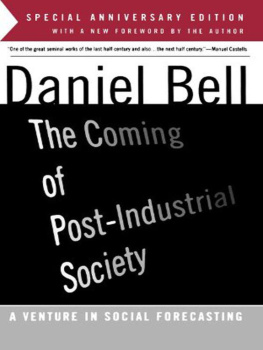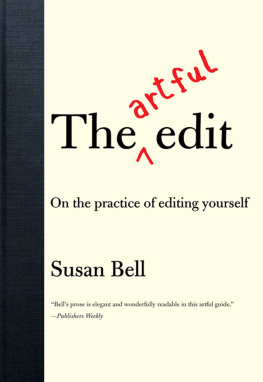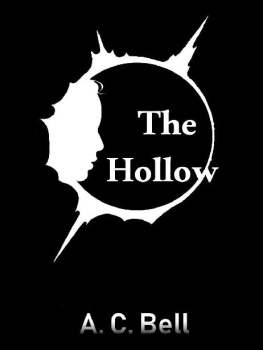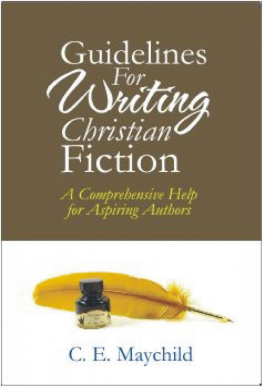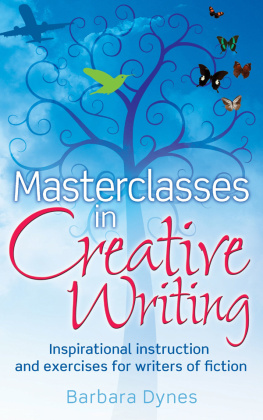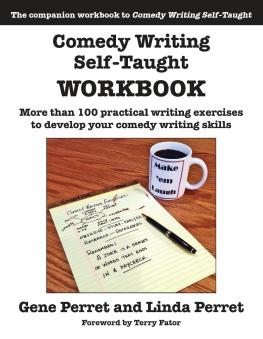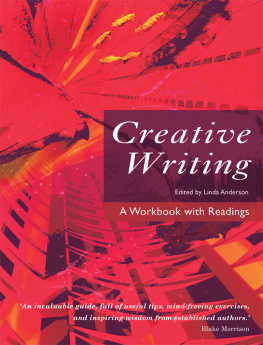Contents
Acknowledgements
Big thanks are due to the following people for their help in preparing this book:
Julian Jackson at UEA, Emma Hargrave and Penny Rendall at Tindal Street Press and our very patient editor at Macmillan, Catherine Whitaker. Also thanks to Jeremy Hoad, Joy Foster, Stuart and Pru Bell. Many thanks to all the contributors for being so generous with their own work and experience.
Foreword
Andrew Motion
This coursebook grew out of the Creative Writing programme at the University of East Anglia. The MA course at the university, founded thirty years ago by Malcolm Bradbury and Angus Wilson, is one of the best known in the country, due largely to the fact that many of its graduates have made famous names for themselves.
But as those who have taken the course often testify, its main purpose is not to discover ways of achieving wordly success welcome as that might be. The real value of the MA lies in its presenting students with a chance to concentrate on their work in an atmosphere that is at once intense and supportive: to develop their skills, to search more deeply into their selves and their imaginations, to experiment and to diversify. It is first and foremost a writing course and if this emphasis eventually leads to graduates seeing their names in lights, all well and good.
In this respect the MA resembles the creative writing component of the undergraduate course at UEA. At this earlier stage there is a similar value attached to commitment and adventure, and a similar combination of openness and rigour in the teaching. This is what the coursebook celebrates and, as it celebrates, elaborates.
Although the coursebook reflects the mood and method of undergraduate creative writing teaching at UEA, it embraces notions of similar practice elsewhere. This is its great strength: it is at once particular and general, solidly based and outward looking. Because of this, and because it so ably mixes good sense with distinguished example, the book is a vital asset for writers and teachers alike. It represents an important contribution to the emerging debate about how criticizing and creating can be combined in English studies everywhere.
Introduction
Julia Bell
There remains in circulation a myth that writing cant be taught. That despite the proliferation of writing courses, creative writing is something esoteric, unpindownable, something inspired by muses and shaped by genius. Youve either got it or you havent, so theres little point in trying to teach it. The success of the writing courses at UEA and elsewhere belies this myth. Under the pressure of sustained practice, criticism and exercise, we see, every year, students emerging from our courses who will go on to become successful writers. But it is not only the success stories who validate our belief that writing can be taught. There are plenty of students who will write good stories or poems, maybe even get them published, who wont go on to enter the world of writing, but in learning how to generate and shape a successful piece of creative work they have added something important to their repertoire of life skills, something that will go on to give them pleasure throughout their lives.
This coursebook loosely follows the structure that we use at UEA on our undergraduate Creative Writing programme. The aim is to take you through a series of exercises from the first words you will write on the page, to shaping your piece of work into something coherent, to practical advice on what to do with your work once it is finished. We hope that this book will be useful to writers of both poetry and prose and that the sound practice which it contains will be of help to writers, from beginners to experienced professionals, who are looking for ideas for their own writing workshops.
This book wont teach you how to be instantly successful; indeed, if this is your motive for buying this book, the chances are you wont progress a great deal. Neither can we legislate for perspective or personality or an openness to self-investigation. What we can do is provide you with the tools through which you can begin to create a piece of imaginative writing. Here are exercises and essays that will make you think about how a piece of work is shaped once it is written, and that try to offer distinctions between good and bad practice. This book can offer you advice that on your own may take years to learn.
Writing and academia have not always sat comfortably together. The literary food chain from writer to critic does not always create a happy environment within which to work. Increasingly, however, as creative writing becomes embedded within many university English curriculums, the relationship has changed. Many of the critical questions more often associated with literature seminars are now being asked in writing seminars, as students investigate the process of writing a text. Questions, for example, about the nature of character, narrative, point of view, landscape and ambiguity. Asking students to investigate these issues through the production of their own piece of writing increases their understanding and confidence in their critical abilities. They become more articulate, more flexible, more engaged with their texts.
Perhaps the real question is not whether writing has a positive effect on criticism, but whether such close proximity to ones own dissection has anything useful to offer a writer. This book, we believe, is proof that it does. Here are writers who can anatomize and explain their own practice, who can offer rigorous advice and examples. This is more than simple common sense; it is a product of the relationship between a critical and creative discourse.
The book is split into three sections: Gathering, Shaping and Finishing. There are exercises and activities to try throughout; and to help you navigate the book you will see that they are marked with a symbol in the margins. In Gathering we start off with encouragement and simple exercises to get you started; the essays move through issues of detail and abstraction to the uses of autobiography in your own work. Following that, Shaping is the section where the creative/critical crossover is most obviously addressed. Academics and writers explain plotting and narrative construction, the uses and effects of point of view, the nature of characterization and the employment of landscape in writing. Finishing, the final section, offers pragmatic advice on how to edit and refine your work. It contains essays by editors and publishers on how to prepare manuscripts for submission, how to publish your own work and how to find editorial guidance. A chapter on workshops features different perspectives on the nature and uses of writing workshops.
This book is really a gift. It is a unique and generous pool of information, one that contains the condensed experience and expertise of over forty different writers and editors from around the UK and abroad. Here you will find writers elucidating their own practice and sharing the pitfalls and triumphs they have encountered over the course of their professional lives.
This book may well have a strange effect on your life: you may find yourself sat at midnight scribbling into a notebook, or muttering to yourself on a long walk as you try to figure out the next stage of your poem or story, or you may find yourself sending off stories or poems to small magazines or big publishing houses. We hope you will be as encouraged and delighted by this book as we have been in editing it. But be warned, the practice of writing, once initiated, is very hard to stop.


